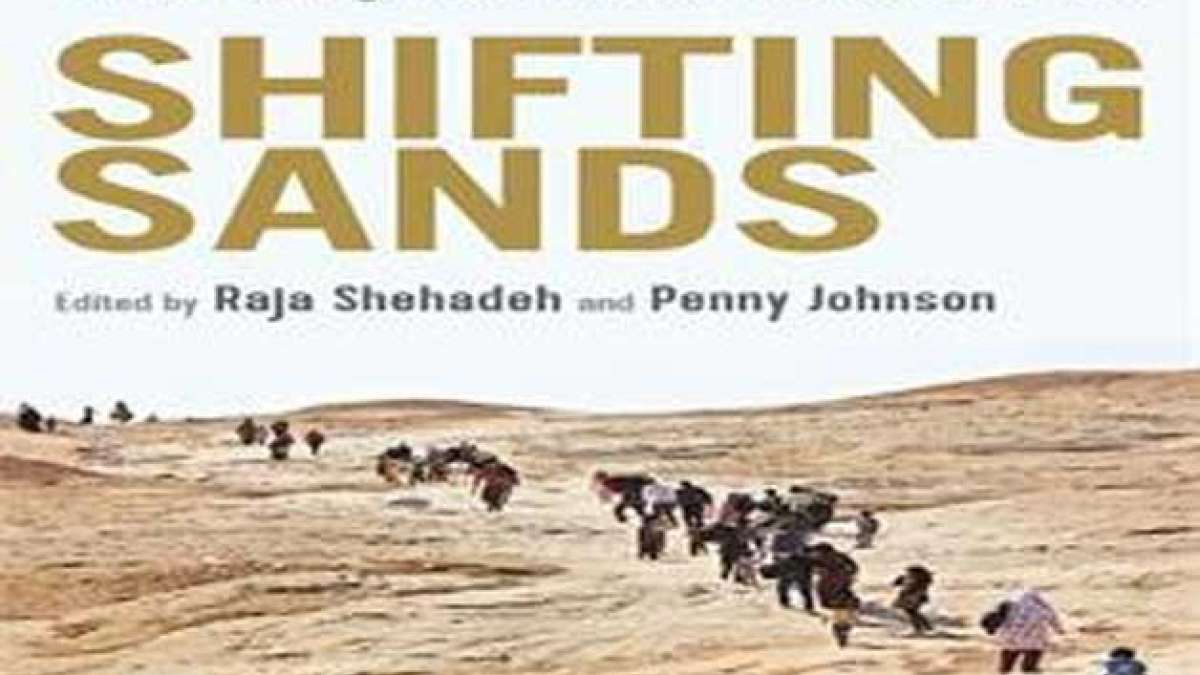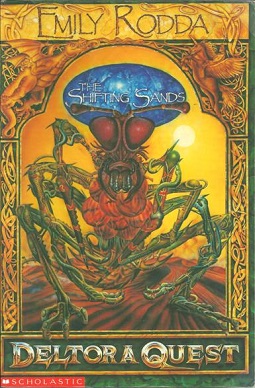Many years: Navigating The Shifting Sands Of Tv Scheduling
Many years: Navigating the Shifting Sands of Tv Scheduling
Associated Articles: Many years: Navigating the Shifting Sands of Tv Scheduling
Introduction
On this auspicious event, we’re delighted to delve into the intriguing subject associated to Many years: Navigating the Shifting Sands of Tv Scheduling. Let’s weave fascinating data and provide recent views to the readers.
Desk of Content material
Many years: Navigating the Shifting Sands of Tv Scheduling

Many years, the traditional tv community, presents a singular problem and alternative in tv scheduling. In contrast to fashionable networks with their concentrate on authentic programming and tightly managed schedules, Many years operates inside the huge, unpredictable panorama of pre-existing tv exhibits spanning a number of many years. Its success hinges on its capability to curate a compelling and fascinating expertise for viewers craving a nostalgic journey down reminiscence lane, whereas concurrently navigating the complexities of licensing, rights administration, and viewers preferences.
The Challenges of Scheduling Archival Tv:
The core problem for Many years’ scheduling workforce is the inherent limitations of its supply materials. In contrast to a community creating its personal content material, Many years should work with a pre-existing library of exhibits, lots of which have fragmented rights, various lengths, and disparate manufacturing qualities. This presents a number of key difficulties:
-
Licensing Agreements: Securing the rights to air particular exhibits is a continuing, complicated course of. Contracts differ broadly, with some exhibits having restricted availability or particular airing home windows. This necessitates flexibility and a eager consciousness of licensing deadlines to keep away from interruptions in programming. The price of buying rights additionally performs a big position in figuring out which exhibits might be featured and the way usually.
-
Format and Size Variations: Tv exhibits from totally different eras have various codecs. A half-hour sitcom from the Nineteen Sixties differs considerably from a one-hour drama from the Nineteen Eighties, and even inside these classes, episode lengths can fluctuate. Making a cohesive schedule that accounts for these variations requires cautious planning and strategic placement of programming blocks to take care of a constant viewing expertise.
-
Viewers Preferences and Demographics: Many years targets a broad viewers of tv fans, however the preferences inside that group are various. Some viewers may crave particular genres or eras, whereas others is perhaps open to exploring exhibits from durations they’re much less acquainted with. The scheduling workforce should strike a stability, providing a wide range of programming to cater to totally different tastes whereas guaranteeing a movement that retains viewers engaged.
-
Sustaining a Constant Model Id: Whereas showcasing selection is essential, Many years should additionally preserve a constant model identification. The community’s concentrate on traditional tv needs to be mirrored in its schedule, avoiding jarring juxtapositions of kinds or tone that would alienate viewers. Cautious curation is important to make sure the programming displays the community’s total mission and aesthetic.
Strategic Approaches to Many years’ Scheduling:
To beat these challenges, Many years employs a number of strategic approaches to its scheduling:
-
Thematic Programming Blocks: Grouping exhibits by style, decade, and even particular actors or producers creates a way of cohesion and permits viewers to simply discover programming that aligns with their pursuits. A "Basic Sitcom" block may function exhibits like I Love Lucy, The Dick Van Dyke Present, and The Mary Tyler Moore Present, whereas a "Crime Drama" block may showcase Dragnet, Columbo, and Miami Vice.
-
Marathons and Mini-Sequence: Specializing in a single present or a associated group of exhibits for prolonged durations permits for deep dives into particular collection and attracts devoted followers. This technique can even assist to drive viewership throughout much less common viewing instances.
-
Strategic Placement of Fashionable Exhibits: Excessive-demand exhibits are strategically positioned to draw viewers and create "anchor" factors inside the schedule. These exhibits can function lead-ins for lesser-known however doubtlessly interesting applications, leveraging their recognition to introduce viewers to new content material.
-
Information-Pushed Choice Making: Many years makes use of viewership information to tell its scheduling choices. By monitoring viewers engagement with totally different exhibits and genres, the community can determine traits and regulate its programming accordingly. This data-driven strategy helps to optimize the schedule for max viewership and engagement.
-
Balancing Nostalgia with Discovery: Whereas interesting to viewers’ nostalgia is paramount, Many years additionally goals to introduce viewers to lesser-known exhibits from the previous. Strategic placement of those "hidden gems" can expose viewers to a wider vary of traditional tv, increasing their appreciation for the style.
-
Using Social Media and Viewer Suggestions: Many years actively engages with its viewers by way of social media platforms, soliciting suggestions and recommendations for programming. This direct interplay permits the community to gauge viewer preferences and incorporate them into its scheduling choices, fostering a way of group and enhancing viewer loyalty.
The Way forward for Many years’ Scheduling:
As the tv panorama continues to evolve, Many years faces each challenges and alternatives. The rising availability of streaming companies and on-demand content material presents competitors, however it additionally opens up new avenues for distributing and selling its programming. Many years may discover:
-
Elevated Integration with Streaming Platforms: Providing its content material by way of streaming companies may develop its attain to a wider viewers, doubtlessly attracting youthful viewers who’re much less acquainted with traditional tv.
-
Interactive Scheduling: Permitting viewers to affect the schedule by way of voting or suggesting exhibits may improve engagement and create a extra customized viewing expertise.
-
Thematic Occasions and Specials: Creating themed programming round particular occasions or anniversaries may appeal to viewers and generate buzz. This might embrace retrospectives on particular exhibits, actors, or administrators.
-
Curated Collections: Providing curated collections of exhibits primarily based on particular themes, many years, or genres may present a extra organized and accessible viewing expertise for viewers.
In conclusion, Many years’ scheduling is a fancy and dynamic course of that requires a cautious stability of nostalgia, discovery, and data-driven decision-making. By strategically leveraging its in depth library of traditional tv exhibits and adapting to the evolving media panorama, Many years can proceed to supply a compelling and fascinating expertise for its viewers, guaranteeing the legacy of traditional tv endures for years to return. Its future success will rely upon its capability to adapt to altering viewer preferences and leverage new applied sciences to succeed in a wider viewers whereas preserving the distinctive attraction and enchantment of its curated programming.








Closure
Thus, we hope this text has offered priceless insights into Many years: Navigating the Shifting Sands of Tv Scheduling. We thanks for taking the time to learn this text. See you in our subsequent article!